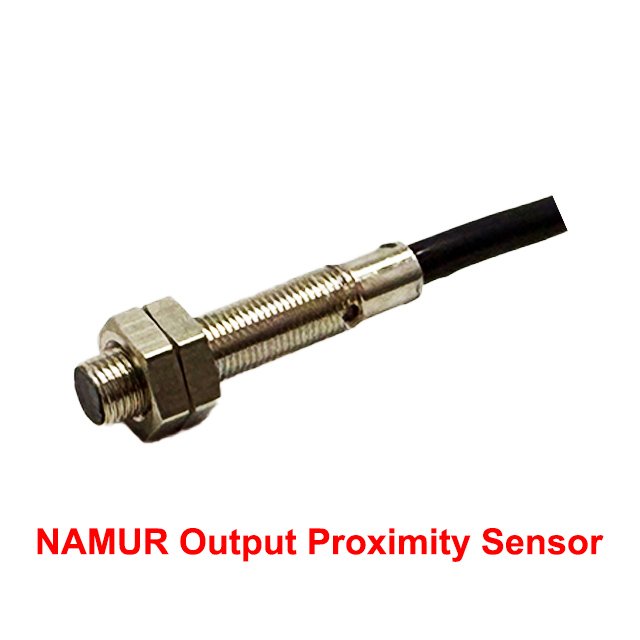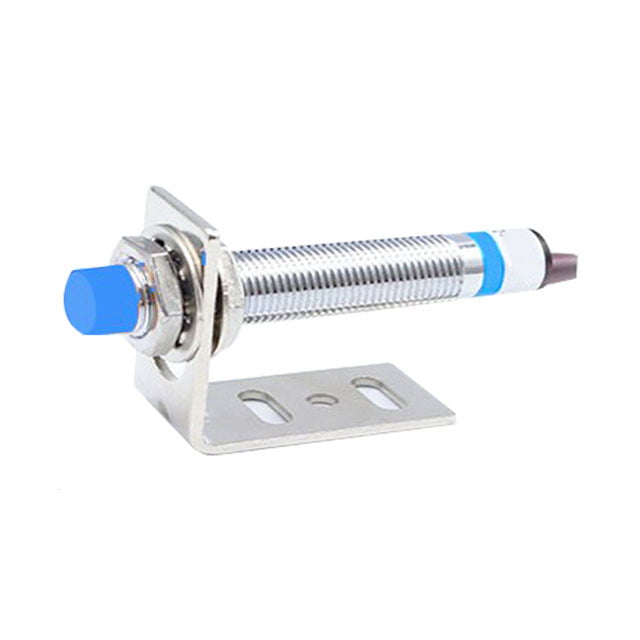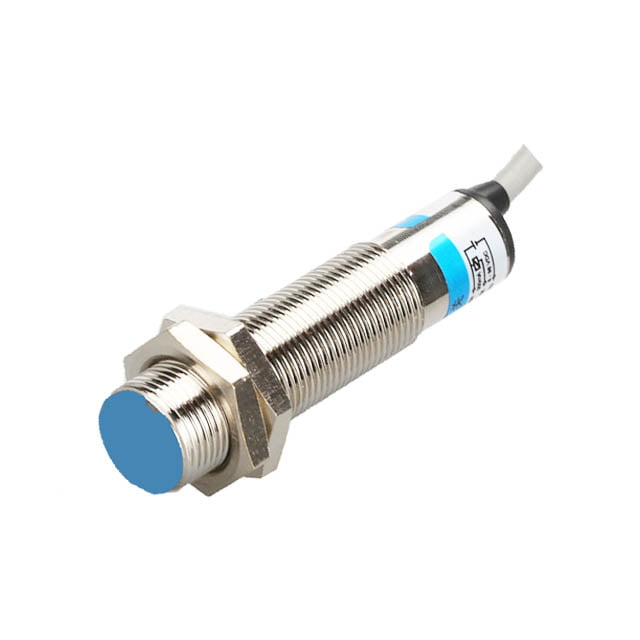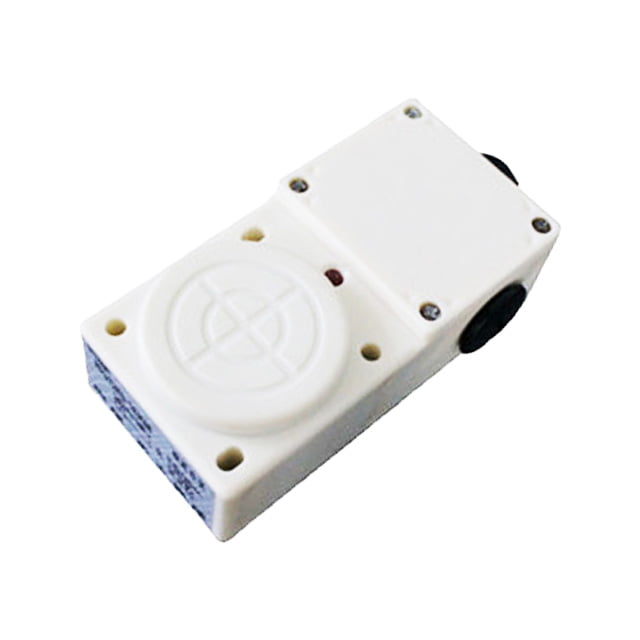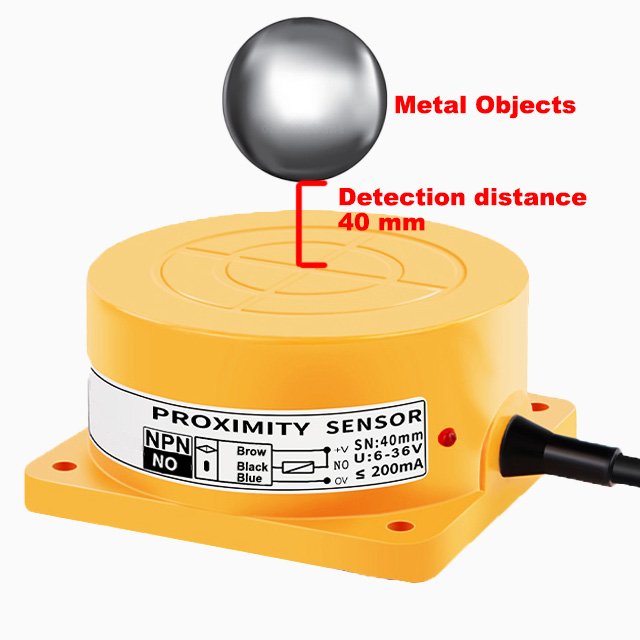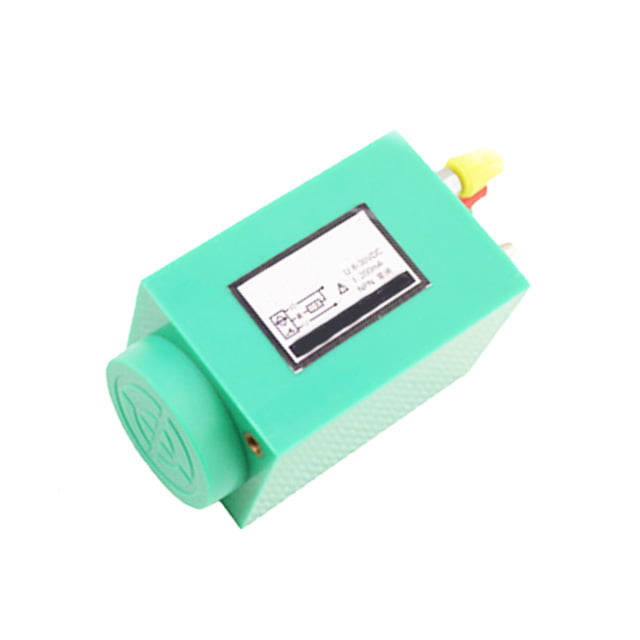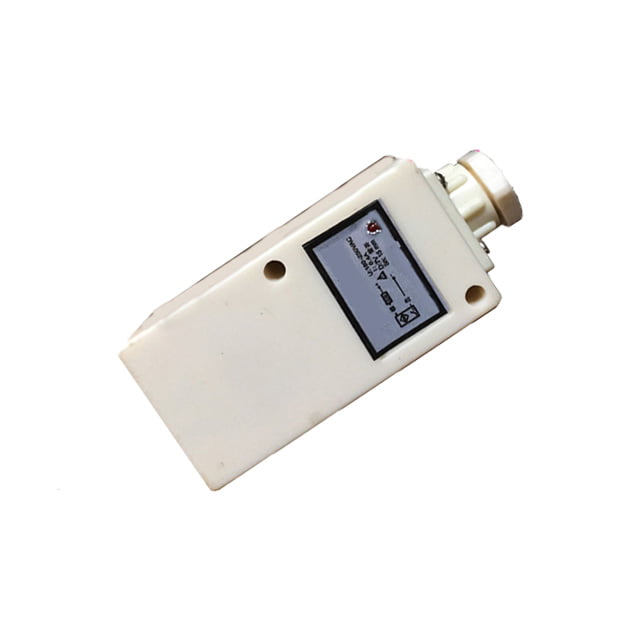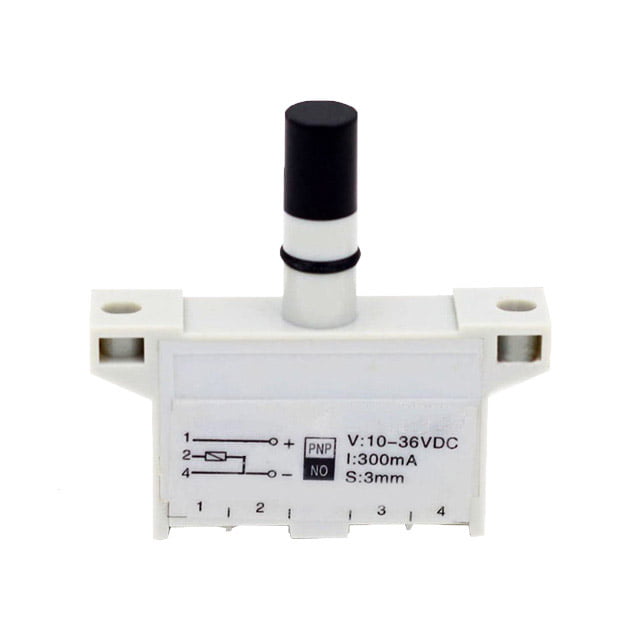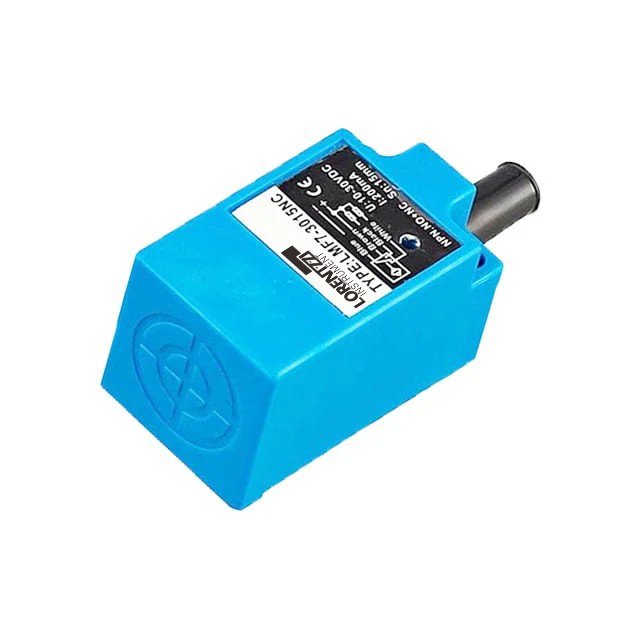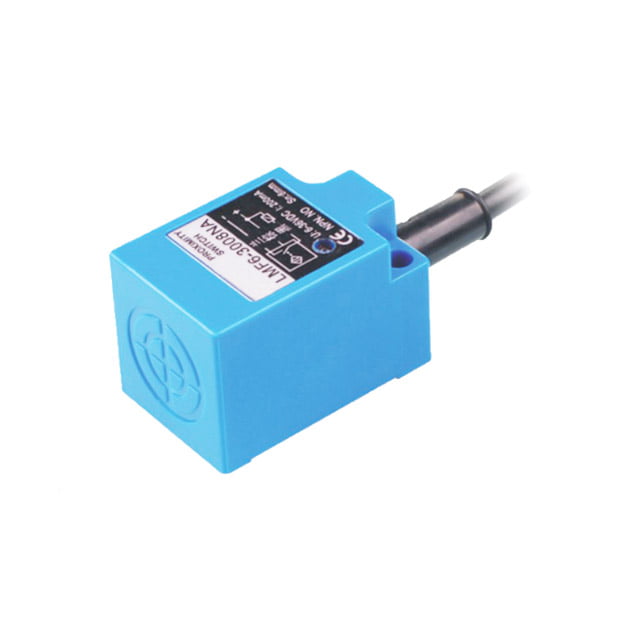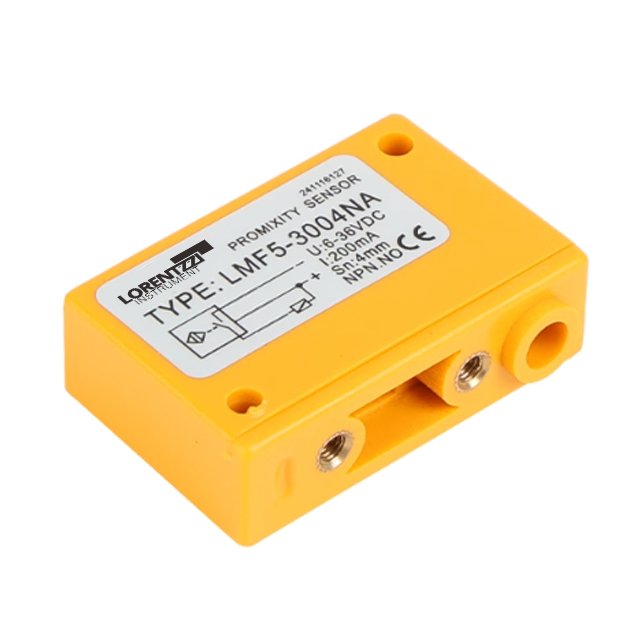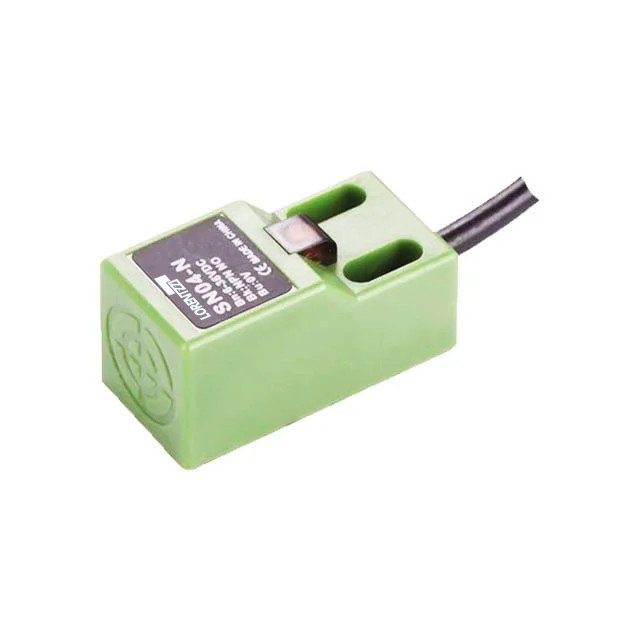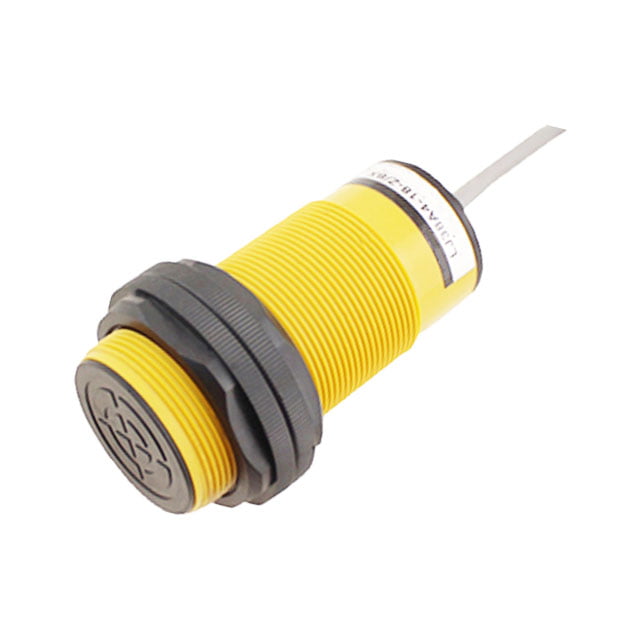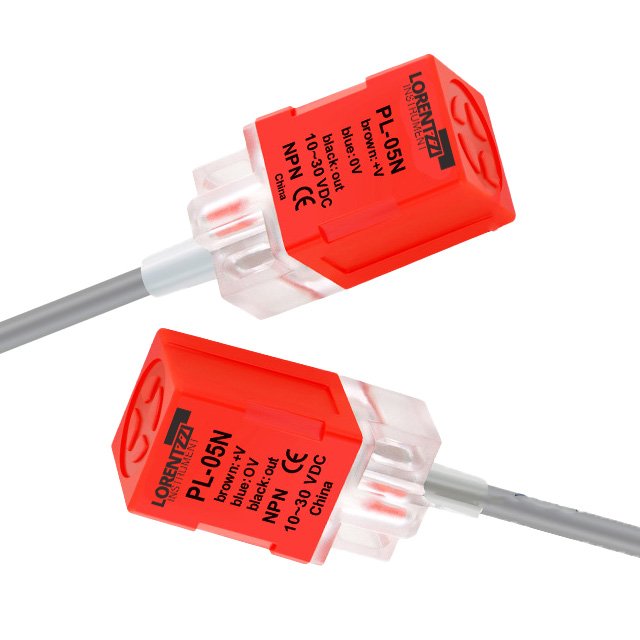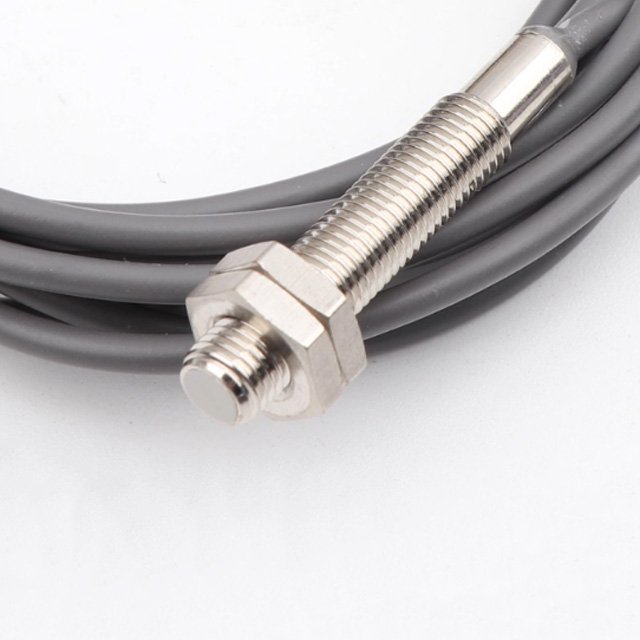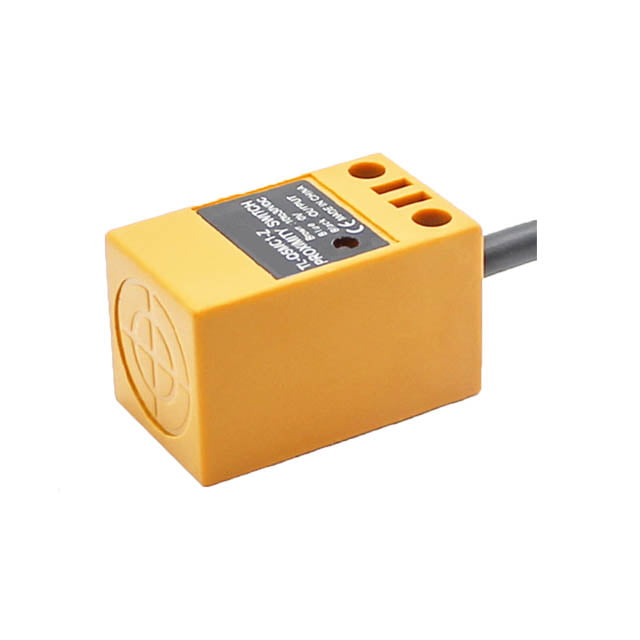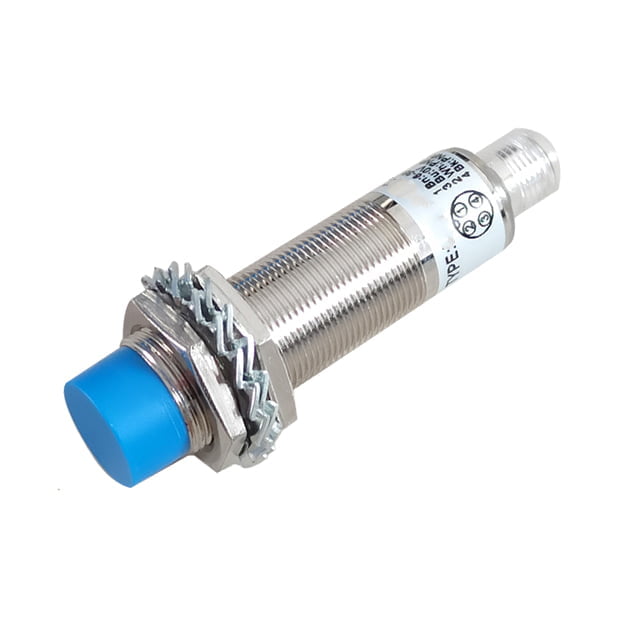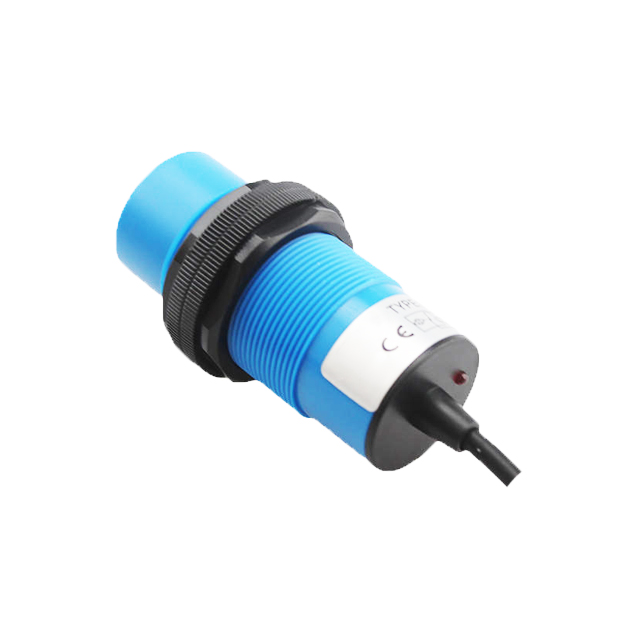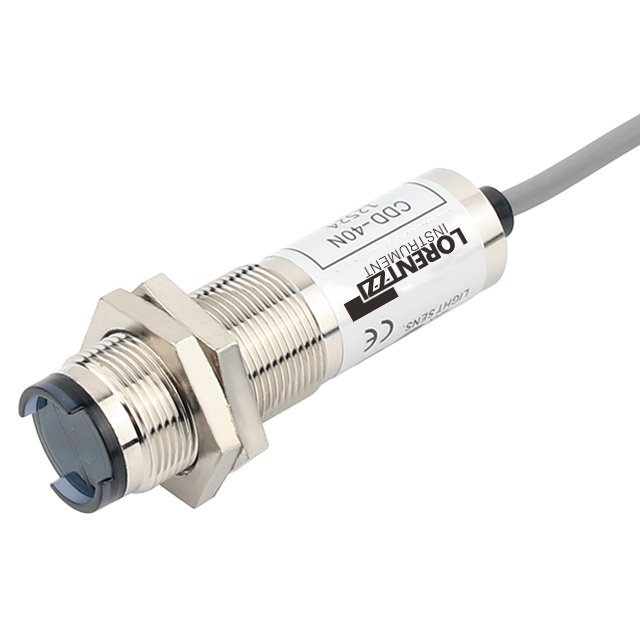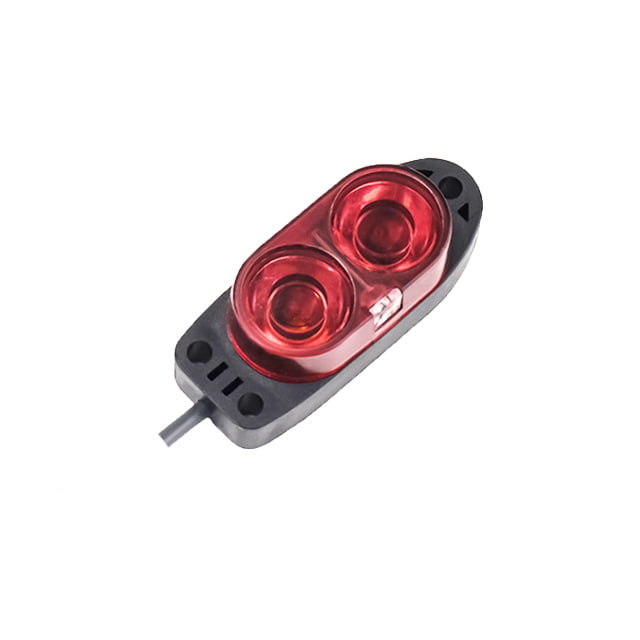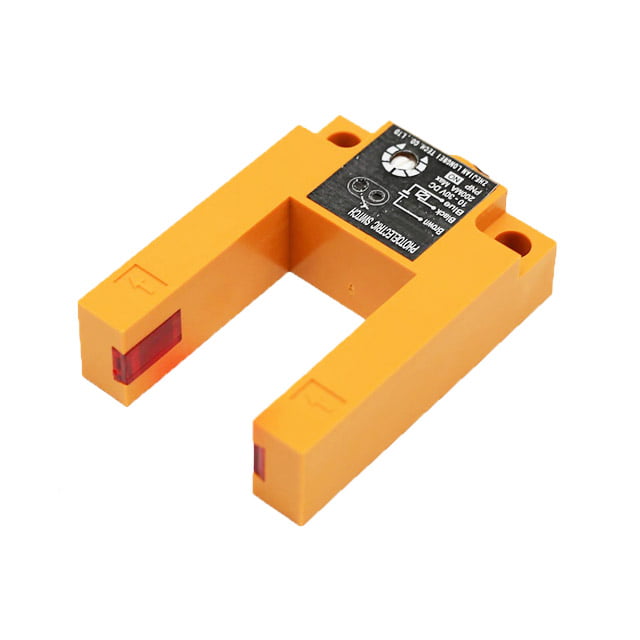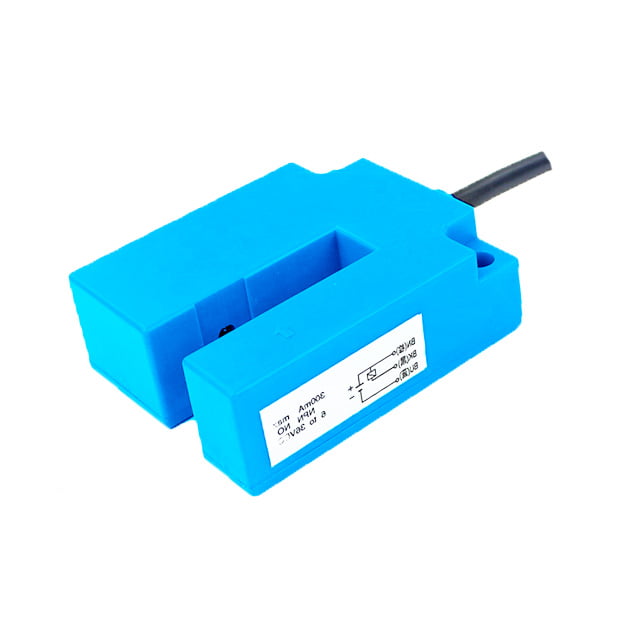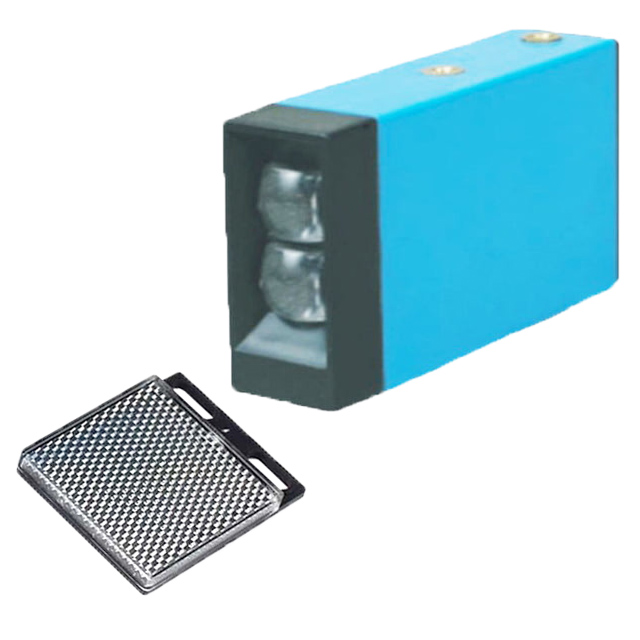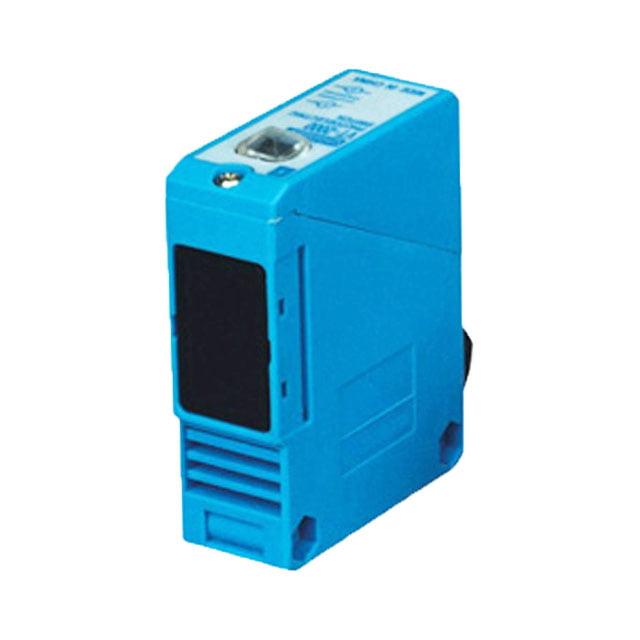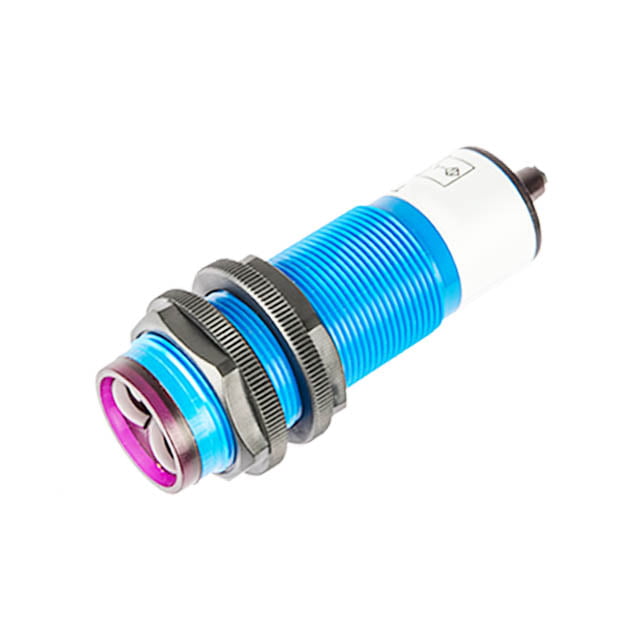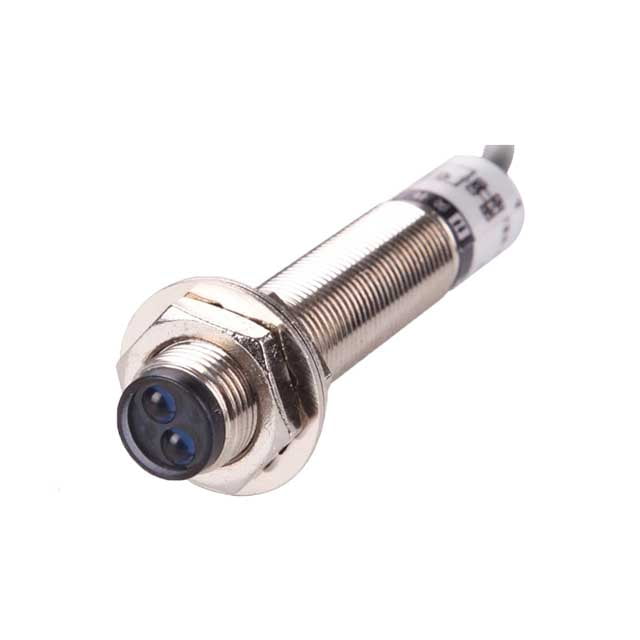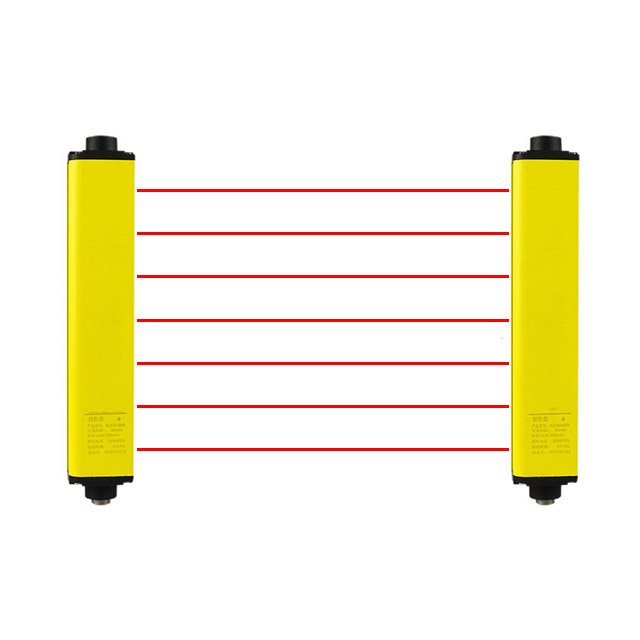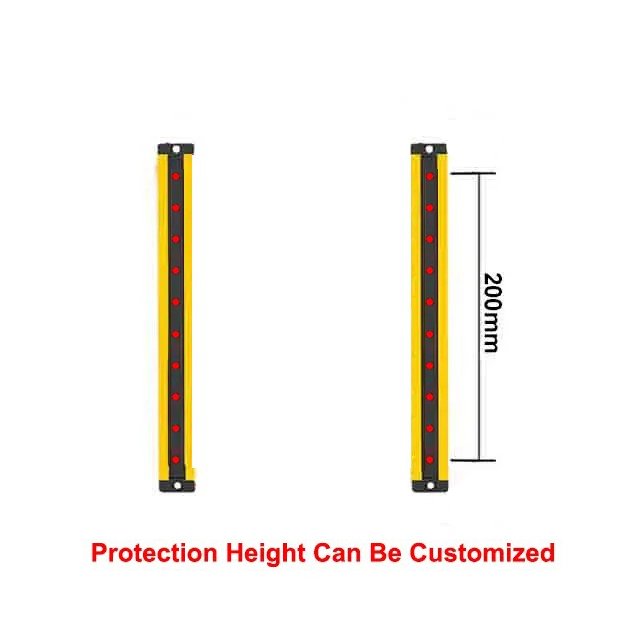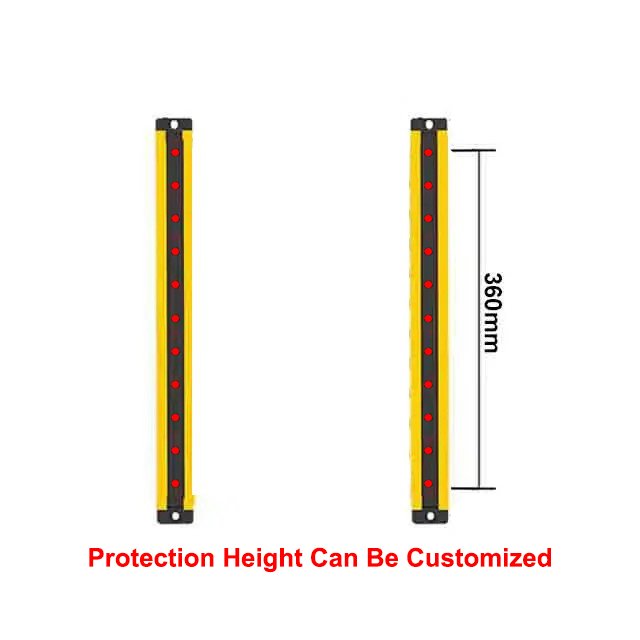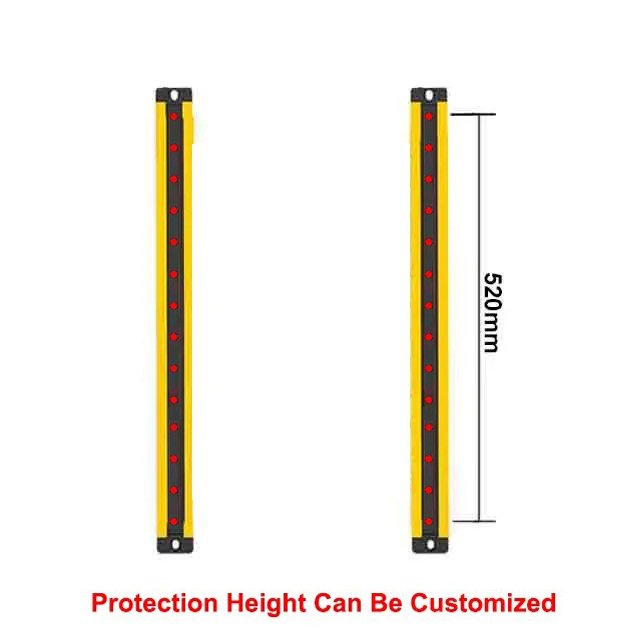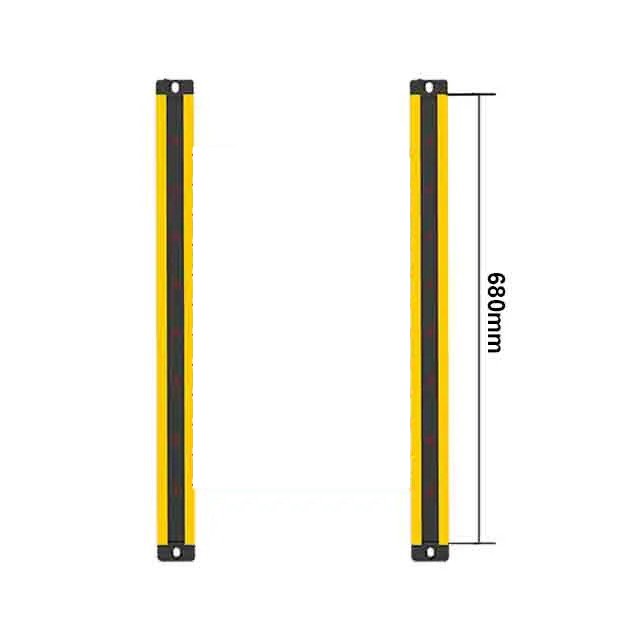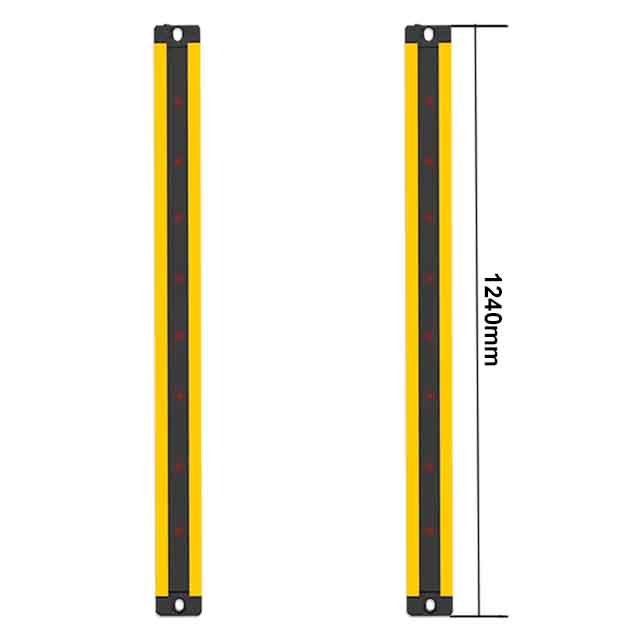Proximity sensors
- Proximity sensor manufacturer in China
- Good price&high quality
- OEM&ODM available
- Two-year extended warranty

Our products
Lorentzzi® offers a wide range of proximity sensors for industrial use. Our products include inductive proximity sensors, capacitive proximity sensors, photoelectric sensors and safety light curtains. All sensors are manufactured in accordance with strict European CE and RoHS standards.
-
Intrinsic safety and explosive-proof, Working voltage 8.2 VDC, Sensing distance...
-
Maximum detection distance 15mm, spatter-proof, Sizes available in M8, M12,...
-
Working voltage 5VDC, Maximum detection distance 4.0mm, With reverse polarity...
-
Available in M8, M12, M18, M30 and Z40 sizes, 4-20mA,...
-
Ultra-long detection distance, Maximum detection distance 20mm, Working voltage 6-36VDC...
-
Flat shape, space saving, Wide operating voltage, 6-36VDC or 90-250VAC...
-
Used to detect metal objects, Maximum detection distance 120mm, PNP,...
-
Ultra-long sensing distance 80.0 mm, Suitable for detecting any metal...
-
Maximum detection distance 40 mm. Suitable for detecting any metal...
-
Output types: PNP, NPN, NO, and NC available. Replaces the...
-
Maximum detection distance 15mm, Suitable for detecting any metal object,...
-
Maximum detection distance 15 mm, Suitable for detecting any metal...
-
Various kinds of PNP sensors available, Maximum Sn: 2mm or...
-
Suitable for detecting numerous ferrous metals, Rectangular shape, easy installation,...
-
IP67 waterproof level or higher, Maximum detection distance of 15mm,...
-
Rectangular shape, easy to install and use. The maximum detection...
-
Rectangular shape, designed for metal sensing, Output can be NPN,...
-
NPN+NO output, Sn: 4.0 mm, ABS flame-resistant material, safer to...
-
Extremely long detection distance up to 25 mm, Suitable for...
-
Low cost 24V inductive proximity switch, made in China., Long...
-
Various outputs available, including NO or NC. AC90-250V wide working...
-
1.Usage: Position Sensor, suitable for metal objects detection, 2.Theory: Inductance...
-
1.Models includes LM14-3003NA, LM14-3003NB etc. 2.Sensing range 3.0mm or 5.0mm,...
-
Maximum detection distance 5mm, Suitable for detecting any metal object,...
-
M5 thread size, very space-saving, PNP or NPN transistor output...
-
-
Square shape proximity switch, Maximum detection distance 5mm, IP67 protection...
-
Wide working voltage DC6-36V, Output is NPN, NO, Maximum detecting...
-
Inductive proximity sensors. Used to sensing metallic objects. Detection distance...
-
M12 threaded inductive proximity sensor, Maximum detection distance 4.0 mm,...
-
Designed for detecting metallic objects, Detection distance 1.0 mm or...
-
Ideal for detecting a variety of metal objects, Detection distance...
-
Compact M18 thread size, Equipped with an easy-to-install aviation plug,...
-
Metal housing diffuse photoelectric sensor, Maximum detection distance 40 cm,...
-
With background suppression function, Sensing distance and accuracy are not...
-
Compact and space-saving, NPN and PNP output options available, NO...
-
Slot type photoelectrical sensor, Wide working voltage:DC10-30V or AC90-250V, NPN,...
-
U-shaped design saves space, The maximum thickness detection range is...
-
NPN and PNP outputs available U-type, compact housing, Wide working...
-
1.G65 grooved proximity sensor switch, 2.Various output available, 3.IP54 protection...
-
M12 diameter, space saving, Maximum sensing distance 3 meters, Up...
-
The maximum detection distance is 2 meters. PNP and NPN...
-
Maximum detection 5 meters or longer, Output can be PNP,...
-
Available in diffuse, retroreflective and through-beam sensors, 3A relay output,...
-
Maximum detection distance of 70 cm, PNP and NPN available,...
-
M30 thread, ABS shell, IP67 rating, The maximum detection distance...
-
Full metal body, M12 thread, Available in diffuse, retro-reflective and...
-
Product thread size 18 mm, Output available in NPN, PNP,...
-
CE Safety Type (Category) 4 certified, Available with dual PNP...
-
200 mm protection height, Transistor PNP, NPN or relay output...
-
Protection height 360 mm, Less than 20 ms fast response...
-
Protection height 520 mm, can be customized, PNP, NPN, relay...
-
Ultra-small, protection height 120 mm, Designed for small machine protection,...
-
Protection height 680mm, beam distance can be 10mm, 20mm or...
-
Protection height 920mm, beam distance can be 10mm, 20mm or...
-
1000 mm protection height, Output is available in thyristor or...
-
Protection height 1160mm, beam distance can be 10mm, 20mm or...
-
Protection height 1240mm, beam distance can be 10mm, 20mm or...
Can’t find the product you need? Click the button to contact us!
Why choose us to be your supplier?
china supplier
Our factory is located in the low-voltage electrical appliances hub in China. Our products deliver superior quality and competitive pricing.
Wide products range
Lorentzzi can supply a full range of good quality proximity sensors, we ensure the sensors provided by us have excellent quality and 2 years warranty.
Fast delivery
We always keep sensors stock at a reasonable level to meet customers' urgent orders. We believe that helping customers save time also helps them save money.
Proximity sensor applications

Automated production line

Material level detection

Printing industry

Logistic sorting system

Automatic door

Automatic lighting control
Frequently asked questions
Have you ever noticed that the screen lights up automatically when a call comes in? When you answer the call and hold the phone close to your ear, the screen turns off automatically.
Why does this happen? Because there is a proximity sensor inside the phone that controls everything. This sensor automatically turns off the screen when the phone is close to your cheek during a call to prevent accidental touches and save battery life.
In the following chapters, we will explain the proximity sensor from different angles. Are you ready to learn?
What is a proximity sensor?
A proximity sensor is a device that detects the presence or absence of objects without physical contact. It operates by emitting signals such as sound, light, electric fields, or magnetic fields and analyzing the reflected or disturbed signals to determine if an object is within its sensing range.
While the functionality of a proximity sensor is similar to that of a limit switch, its non-contact operation makes it a suitable alternative in applications where contact-based sensing is impractical or undesirable.
Types of proximity sensors
According to different working principles, proximity sensors can be mainly divided into 5 types: ultrasonic sensors, photoelectric sensors, inductive sensors, capacitive sensors and hall sensors. At Lorentzzi® you can find all of these sensors in better quality.
For more details of these 5 types of proximity sensors, you can refer to our article: Proximity Sensor Types: The Most Comprehensive Explanation.
Working principle of proximity sensors
Different proximity sensors have different working principles, you can check the following content for more information.
Ultrasonic sensors use the emitted and received ultrasonic waves to detect objects, and ultrasonic sensors can calculate the distance of objects by measuring the propagation time and frequency changes of ultrasonic waves.
There are three types of photoelectric sensors, namely diffuse photoelectric sensors, retro-reflective photoelectric sensor and through-beam photoelectric sensor. You can learn their working principles by reading this article: Photoelectric Sensor Types Unveiled: Your Ultimate Guide!
Inductive and capacitive proximity sensors work completely differently, you can refer to our articles: Capacitive vs. Inductive Proximity Sensors: 5 Things You Need to Know and How Capacitive Proximity Sensors Work: The Ultimate Guide for more information.
The Hall sensor determines the proximity of an object by detecting changes in the magnetic field. When a magnetic object approaches, the magnetic sensitive element (such as the Hall element) inside the sensor detects the change in the magnetic field, thereby triggering a signal.
Choosing the right proximity sensor
When selecting the right Lorentzzi brand proximity sensor, the below 6 key factors should be considered:
- Type of Sensor:
As previously discussed, proximity sensors come in various types, including ultrasonic, photoelectric, inductive, capacitive, and hall sensors. The choice depends on your specific application requirements. - Shape:
Proximity sensors are available in a variety of shapes, such as cylindrical, square, fork, and hole. Please choose the shape that best suits your installation needs. - Working Voltage:
Proximity sensors typically operate on either DC (6–36V) or AC (90–250V) voltage. DC sensors usually have three wires, while AC sensors typically have two wires. - Detection Distance:
The detection range of proximity sensors varies from as little as 1 mm to up to 10 meters, depending on the type and application. - Output Type: The sensor has 2 types of outputs, including transistor and relay outputs. Transistor outputs include PNP or NPN outputs, and relays are similar to voltage-free switches. Transistor outputs have lower load capacity than relay outputs, but have faster response times. For more differences, refer to this article: Transistor Vs Relay Output In Proximity Sensor: What Are The Differences?
- Cable Length:
Lorentzzi brand proximity sensor standard cable lengths for proximity sensors are typically 2 meters, our sensor cable length can be customized.
Proximity sensor wiring diagrams
Proximity sensor wiring diagrams can be categorized into three types based on output configuration: 2 wires, 3 wires and 4 wires, you can see the below wiring diagram for these three types:

FAQs
Can proximity sensors detect humans?
Yes, photoelectric sensors and ultrasonic sensors can detect human bodies. They are commonly used in automatic door systems, security systems, and smartphones.
How far can a proximity sensor detect?
The detection range of a proximity sensor depends on its type. For example, photoelectric and ultrasonic sensors can have a detection range of tens of meters, while inductive, capacitive or hall sensors usually have a shorter detection range, typically less than 30 mm.
How to test a proximity sensor and check whether the output is PNP or NPN?
You can read this article to test your proximity sensor: How To Test A Proximity Sensor?.
To know whether your proximity sensor is PNP or NPN is easy, you can connect the positive of 24 VDC power supply to the brown wire, the negative to the blue wire, then use a multi-meter to see the output voltage of the black wire, if it is 24VDC, it is a PNP sensor, if it is 0V, it is a NPN sensor.

